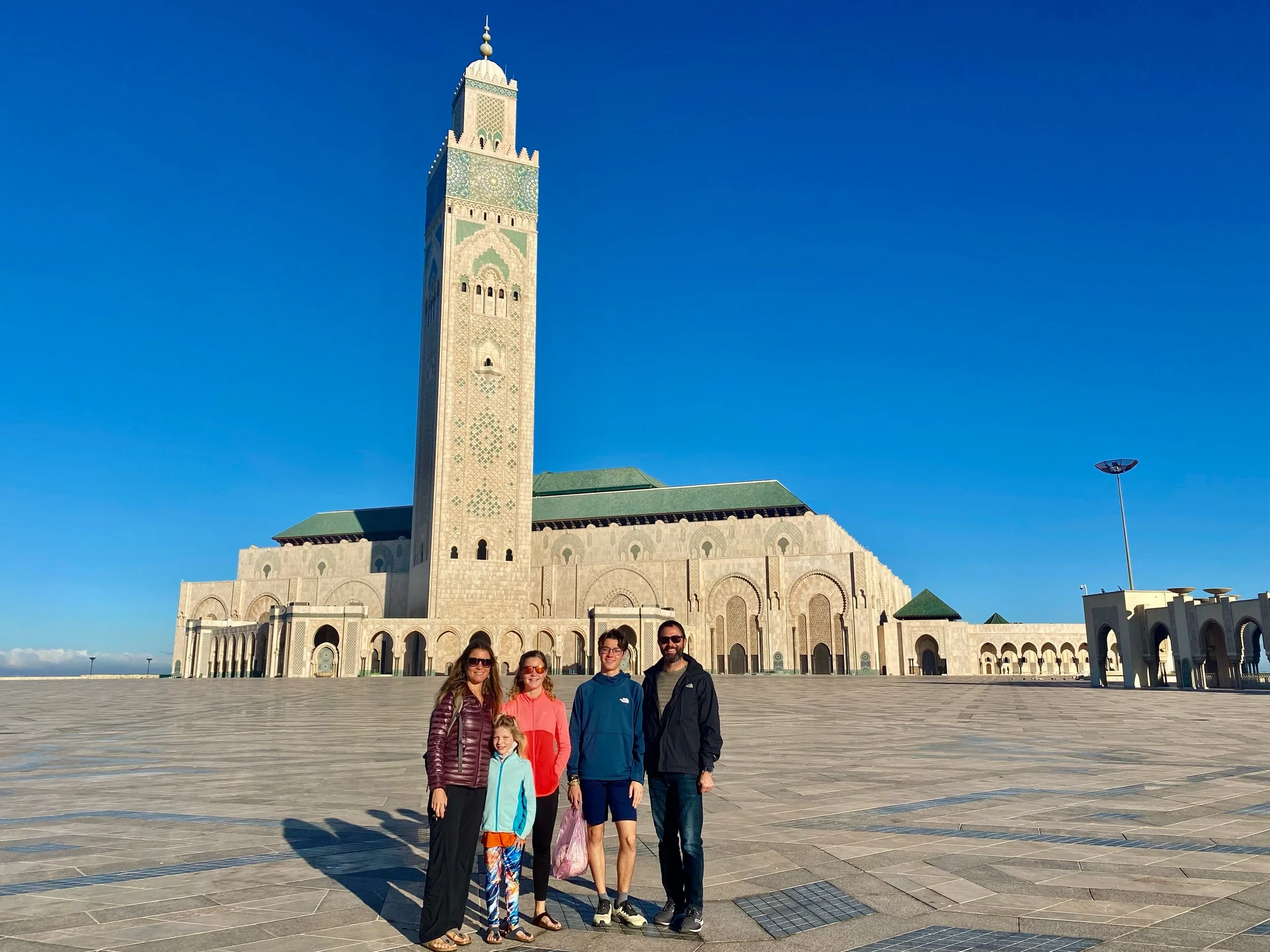Castles of the Transylvanian region (Romania 🇹🇩)
Legends and myths have been created around the castles of Transylvania, Romania. Arguably one of the most famous horror novels, and one that would inspire generations of writers afterward, the famous Dracula, by Bram Stoker, was actually inspired by some of these majestic settings. The rolling hills of the plains lead to the horseshoe of the Carpathian mountains. Here extensive forests rule, made up of oaks, coniferous, elm, ash trees, and more.
In June 2022 we got the opportunity to spend 3 weeks in Romania. And although we weren’t able to see all of the country, we were able to explore the southern part.
The two castles we visited in Romania were the Bran Castle and the Peleș Castle. Both are amazing, in terms of history, and architecture.
Peleș Castle has always been more a palace than a castle and was never used as a fortification. It is also younger, only “inaugurated” in 1883 (although work continued until 1914). On the other hand, at Bran Castle, there has been a fortification since the 14th century, and was used as protection for the Bran pass, which is right on the border between Wallachia and Transilvania.
The Peles Castle:
The castle is located in Sinaia, about an hour’s drive from Brasov. The Peleș castle is absolutely enormous. We only saw one floor (additional costs for more floors) and we easily spent over an hour in the Castle. The other floors can be attractive, and if you have more time, a great opportunity to explore further, however, we felt we got a good feel for the grandeur and beauty by visiting only the main floor.
An example of the fine wood-working at the castle
Some of the highlights included;
This is the so called Turkish room. The weapons shown were captured by the king when he was fighting the Ottomans.
The various themed rooms (e.g the Turkish room, the French room, the Moroccan room, etc.). These rooms used the architecture, furniture, and decor of the specific country. For example, the Moroccan one had a similar-looking layout to some of the palaces we visited there, as well as the geometric patterns we saw a lot in Morocco.
The weapons room, where they have hundreds of weapons from around Europe and other parts of the world. Some of the most interesting included a German broadsword used in the execution of “nobles”, a full-body suit of armor for a horse, and Turkish handguns with ivory inlay. All the swords and daggers go back as far as the 14th century up until the 19th century.
The library has hundreds of books in many, many languages, and includes classics like Shakespeare and more. The woodwork is amazingly intricate.
The entrance room. This may have been the most impressive room in the entire castle. A small staircase leads up to it, which then opens to a huge room. The woodwork is absolutely stunning. There are wooden statues, oil paintings of the King and Queen, as well as drawings of the various castles they owned. In one corner there is an impressive corkscrew staircase that spirals up to the top floor, maybe 5 stories above.
The winding corkscrew staircase
To find more information regarding Peleș Castle (schedule, fees, etc.) visit their website here.
The Bran Castle:
Bran castle is the famous Dracula castle and draws crowds (it’s a perfect day trip from Bucharest)! It is perched on top of a cliff and is an imposing-looking fortress. It features many turrets and towers. The Castle is much, much smaller than Peleș castle, and is situated around an inner courtyard that includes a well. Bran castle features many typical Romanian architectural styles, including impressive woodworking. Inside, they have many rooms explaining the connection between Dracula and Bram Stoker, as well as the history of the castle, and popular fairy tales from the region. Besides the general tour of the castle, there are extra rooms, but we heard that they were not worth it.
Bran Castle atop its formidable cliffs.
Facts we learned about Bran castle;
The inner courtyard
They are not 100% certain it is the castle mentioned in the Dracula book, however the castle in the novel bears a similar resemblance to Bran, with its imposing cliffs, and inner courtyards. At the time of the writing of Dracula, the castle had fallen in disrepair, and in the novel, the castle is described as a ‘ruin’.
Although believed to be connected with the infamous Vlad Tepes Dracula (Tepes means ‘Impaler’, and Dracula means ‘son of the devil’), the person believed to inspire Dracula in the novel, the castle was never home to this prince of Walachia. In fact, he may have only been held captive at this castle for a short period of time.
In 1920, the castle was given to Queen Marie of Romania (not currently the Queen). She made the castle her home and greatly renovated the time-ravaged castle. With the exile of the royal family in 1948 by the communists, they lost the castle. Only in 2009 was the castle given back to the grandchildren of Queen Marie. It has since been a museum for tourists and was the first private museum in the country.
More information about the Bran Castle can be found on their website, here.
Impressive towers at Bran Castle
Romania has a lot to offer in terms of historical places and these castles are a great example of this. Both castles were very impressive and a great way to learn more about Romania. I would recommend both castles if you are ever visiting Transilvania or Romania.



































